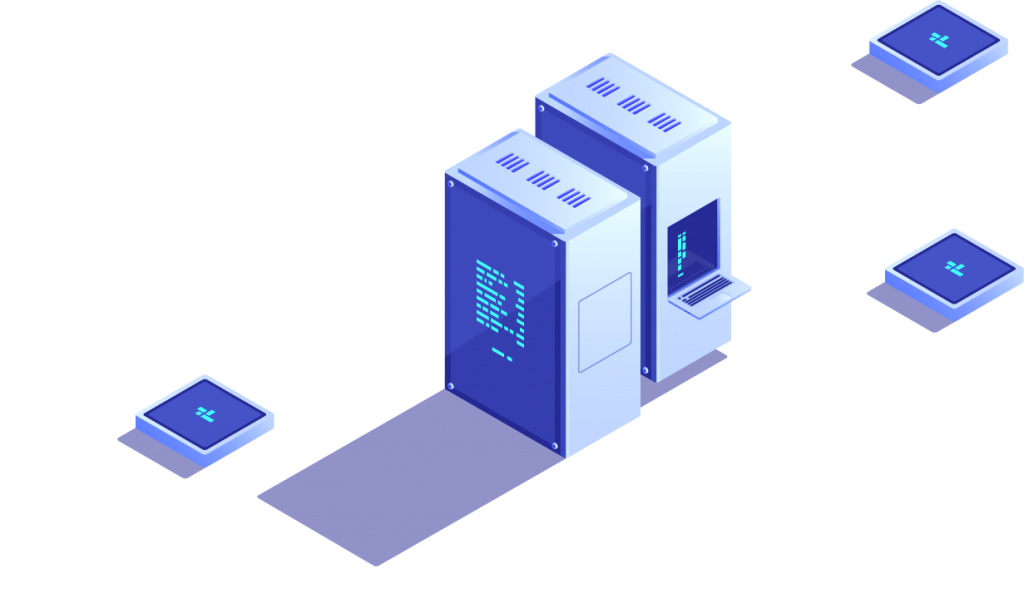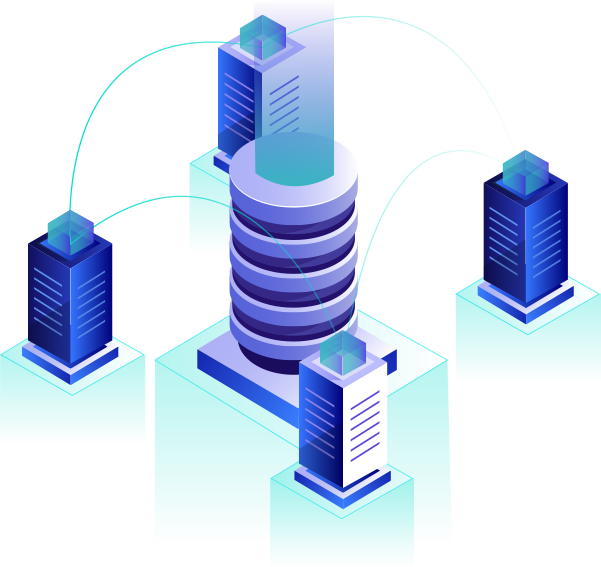-
(323) 486-4616
- [email protected]

The best cloud partner for MSPs
- End-to-end cloud project work
- All the cloud features your clients want
- Custom software and ERP

99.9% Uptime Guarantee
Share processes and data secure lona need to know basis

Our Dedicated Support
We finally found a host that truly understood the unique

Safe and Secured
Our team assured your web site is always safe and secure

Our Dedicated Support
We finally found a host that truly understood the unique
Developed for MSPs
Cloud Infrastructure
Cloud infrastructure refers to the combination of virtual tools and resources which are packed together, giving users a means of connecting remotely to a central network, and supporting the delivery of a cloud-based service or product to the end customer.
Most cloud infrastructures are created and accessed through the internet rather than through a physical data structure, with cloud infrastructures based within the premises of the cloud service provider (e.g., AWS, Azure, GCP, etc.) rather than each individual organization — moving everything the business and its customer base needs access to — online.
What Is Cloud Infrastructure?
In order to understand what cloud infrastructure is and how it works, a good starting point is to think of a physical business structure and what the IT set-up in an office looks like — both in supporting employees and delivering your product or service.
In an office, you need computers, storage, hardware, servers, and plenty of space in which to store all of these different components.
All of this demands a physical presence which translates to cost, limited access in terms of geography, and plenty of personnel resources — all of which then need to be maintained, powered, and kept operating efficiently and effectively.
Cloud infrastructure takes all of that and places it in a virtual space that is unlimited, more cost-effective, and infinitely flexible in the way it works and provides scalable operations.
Through cloud infrastructure, organizations can create their own backend set up that supports their operations and requirements, bringing resources together remotely in a flexible and efficient way.
Additionally, they can also provide a seamless trail of information that passes from the operational backend system of a business, through to the frontline customer-facing data presented online: for example, the stock levels of a specific product, pricing structures for various package deals, and updated information on a content-driven site.
This is what is known as cloud architecture, taking each of the basic cloud infrastructure components and pooling them together to create the perfect blueprint for a business and its end customer.
What Are the Components That Make Up Cloud Infrastructure?
The main components that make up cloud infrastructure break down into four key groups:
- Hardware
- Virtualization
- Storage
- Network
- Hardware
Composed of physical equipment which can be stored at any location, hardware includes the equipment necessary to link machines to a single cloud.
Hardware components include servers, power supplies, memory and storage, processing units, and more — all of which are responsible for the performance, security, and availability of services and information for both a business and an individual user.
Virtualization
The foundation of cloud computing, virtualization is what connects all the hardware together and ensures that devices can work without a physical connection to the hardware.
It separates the service itself from its physical location or PC, allowing users to access services and applications remotely. One of the key benefits presented by the use of virtualization is the scale of growth that an organization or cloud network can employ, based on need and consumption.
Storage
Storage ensures that data is constantly backed up, retaining the most recent version of any file or data entry, and connecting everything together as required for remote access.
Virtualization resources are again responsible for providing the link between hardware and cloud storage, with three main storage solutions available:
Block Storage – placing data into blocks that can be saved in chunks rather than individual data pieces. This is the ideal solution for those saving data that is static and not subject to regular change.
File Storage – most commonly linked to the file manager storage system on a regular PC.
Object Storage – suitable for saving data that needs to be able to change.
Network
The network starts with a physical presence and then adds a layer of virtual support and communication on top to permit cloud resources to be shared by users who are listed as part of the same network.
In a business setting, it is this that allows all employees to log into a single intranet server and access all the relevant files for their job from a remote working location — with the network (public or private) creating the link between the hardware, data, and the device from which it is being accessed.
Cloud Infrastructure Vs. Cloud Architecture
The way that these different components (hardware, virtualization, storage, and network) are configured is called cloud architecture. Cloud infrastructure includes the tools themselves, used to design and build that architecture.
An organization can design and build its own cloud architecture based on its services, applications, communications, and management tools. The finished architecture is unique to the business, using the tools laid out as part of the cloud infrastructure.
Infrastructure is what allows a company to continue to grow, scale-up, and develop without constantly expanding the physical requirements of the business.
Switch The Language





